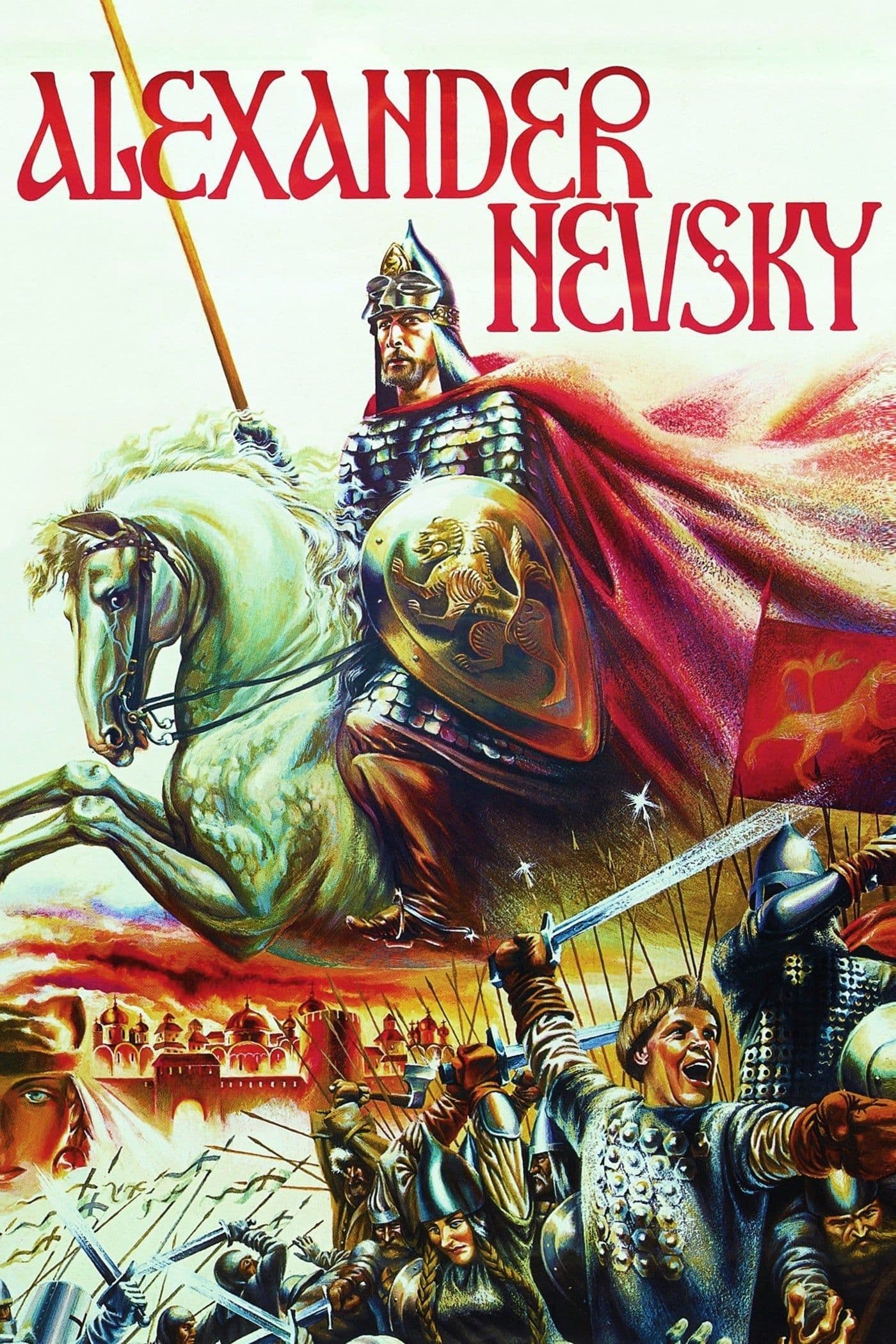
Alexander Nevsky
1938
Rate this movie
Average: 0.00 / 5
(0 votes)
Director
The great Nevsky is a monumental work that transcends the historical genre to become an anthem of resistance and national unity. Sergei Eisenstein, with his epic vision and technical mastery, created a film that still today impresses with its visual power and emotional force. The film is a detailed panorama of 13th-Century Russia, a work that celebrates the courage and patriotism of the Russian people in the face of the threat from the Teutonic invaders. Eisenstein, with the collaboration of his assistant director Dmitri Vasilyev, created battle sequences of extraordinary intensity and plasticity, using editing and cinematography to create a tight and engaging rhythm. Here, his celebrated theory of "intellectual montage" evolves into a "visual symphony," where each shot is not merely a narrative element, but a piece of a complex semantic and emotional mosaic. The innovative use of wide-angle lenses and depth of field, combined with a masterful management of crowds, lends the scenes an almost pictorial aura, recalling the monumentality of Russian historical paintings and, at the same time, anticipating the epic scope of future blockbusters.
Sergei Prokofiev's music, with its eternal melodies and majestic choirs, contributes to creating an atmosphere of great solemnity and drama. His collaboration with Eisenstein was exemplary, a true exercise in "vertical montage," where music and image were conceived in parallel, almost fused structurally, creating an auditory counterpoint that amplifies every visual and emotional nuance. The "Song of Russia" or the martial themes of the Teutonic knights are not mere accompaniments, but full-fledged characters in the narrative. The film is a masterpiece of Soviet cinema, a work that successfully combined political propaganda with aesthetic research, leaving an indelible mark in the history of cinema. Its creation in 1938 was no accident; in a Europe heading towards war, with the Nazi threat echoing ancient invasions, Alexander Nevsky became a powerful warning and a call to national unity, despite suffering a temporary ban after the Molotov-Ribbentrop Pact, only to be triumphantly rehabilitated after the German invasion of 1941, demonstrating its prescient relevance.
The story is centered on the historical figure of Prince Nevsky, who in 1242, during the famous Battle on the Ice, drove the invaders of the Teutonic Order from Russian soil. In the 13th century, Russia was indeed threatened by the invasion of the Teutonic Knights, a religious military order that aimed to conquer and Christianize the lands of the East. The Teutons, with their hooked crosses on their chests and their pointed helmets that almost anticipate the symbolism of the Third Reich, are represented with an almost archetypal ferocity, embodying an inhuman and implacable enemy. Prince Alexander Nevsky, a young and courageous leader, leads the resistance of the Russian people, uniting the forces of various cities and principalities. After a series of clashes and negotiations, the decisive battle takes place on Lake Peipus, frozen due to the harsh winter. Nevsky, with a skillful and courageous strategy, succeeds in defeating the Teutonic Knights, freeing Russia from the threat of invasion. His ability to choose the battlefield, deploy troops, exploit the enemy's weaknesses, and use the element of surprise allowed the Russians to achieve a decisive victory. Eisenstein alternates scenes of great spectacle, such as the battle on the frozen lake, with moments of intimacy and reflection, deepening the psychological profile of Nevsky and his companions. The battle sequence, in particular, is a technical and stylistic tour de force: the alternation of long shots and close-ups on the faces of the combatants, the use of rudimentary but effective special effects for the breaking of the ice under the weight of the heavy Teutonic armor, creates an immersive and almost tactile experience, a ballet of destruction choreographed with maniacal precision.
Great attention is dedicated by Eisenstein to the Prince's psychological profile, depicting him as an authentic hero grappling with ancestral doubts. Nevsky, despite his courage and determination, is shown as a man tormented by doubts and uncertainties. Before the battle, he questions his course of action, aware of the weight of responsibility resting on his shoulders. This portrayal of a hero not immune to human weaknesses makes the character more realistic and relatable to the viewer, partly departing from the archetype of the monolithic and propagandistic hero typical of certain contemporary productions, to move towards a more complex introspection. Nevsky is animated by a profound sense of justice and compassion for his people. He is outraged by the atrocities committed by the Teutonic knights and commits himself to defending the weak and the oppressed. This moral dimension of the character contributes to making him a charismatic leader beloved by his people. However, a certain segment of left-wing criticism did not forgive him for infusing too much nationalist sentiment into the character, even bordering on fascism. But Stalin himself complimented him on the film, recognizing its strategic value in building a sense of national identity and unity in anticipation of impending storms. Eisenstein masterfully uses cinematic language, creating images of great power and suggestion. The battle scene on the frozen lake, with its mass movements, close-ups, and slow motion, is an example of his visual genius, a moment that has carved into the collective imagination not only a historical victory, but also an affirmation of the power of cinema as a narrative and emotional tool. Beyond sterile political controversies, it is a great work of human ingenuity, where invention and philological love for historical reconstruction merge into a luminous fresco of a pivotal fragment of Russian History, an epic that continues to resonate for its topicality and intrinsic aesthetic force, influencing generations of filmmakers and defining the canons of the historical genre.
Country
Gallery
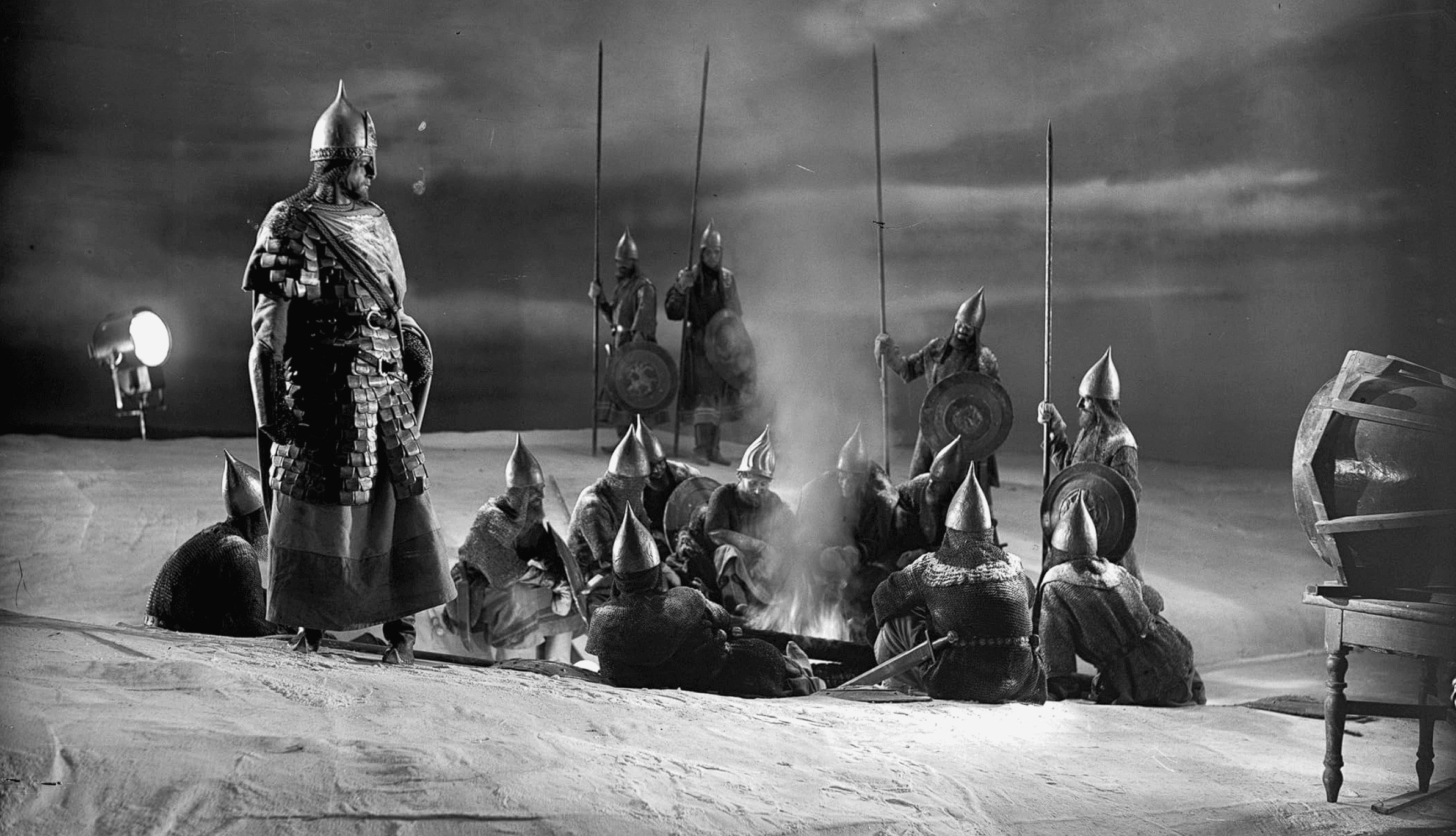
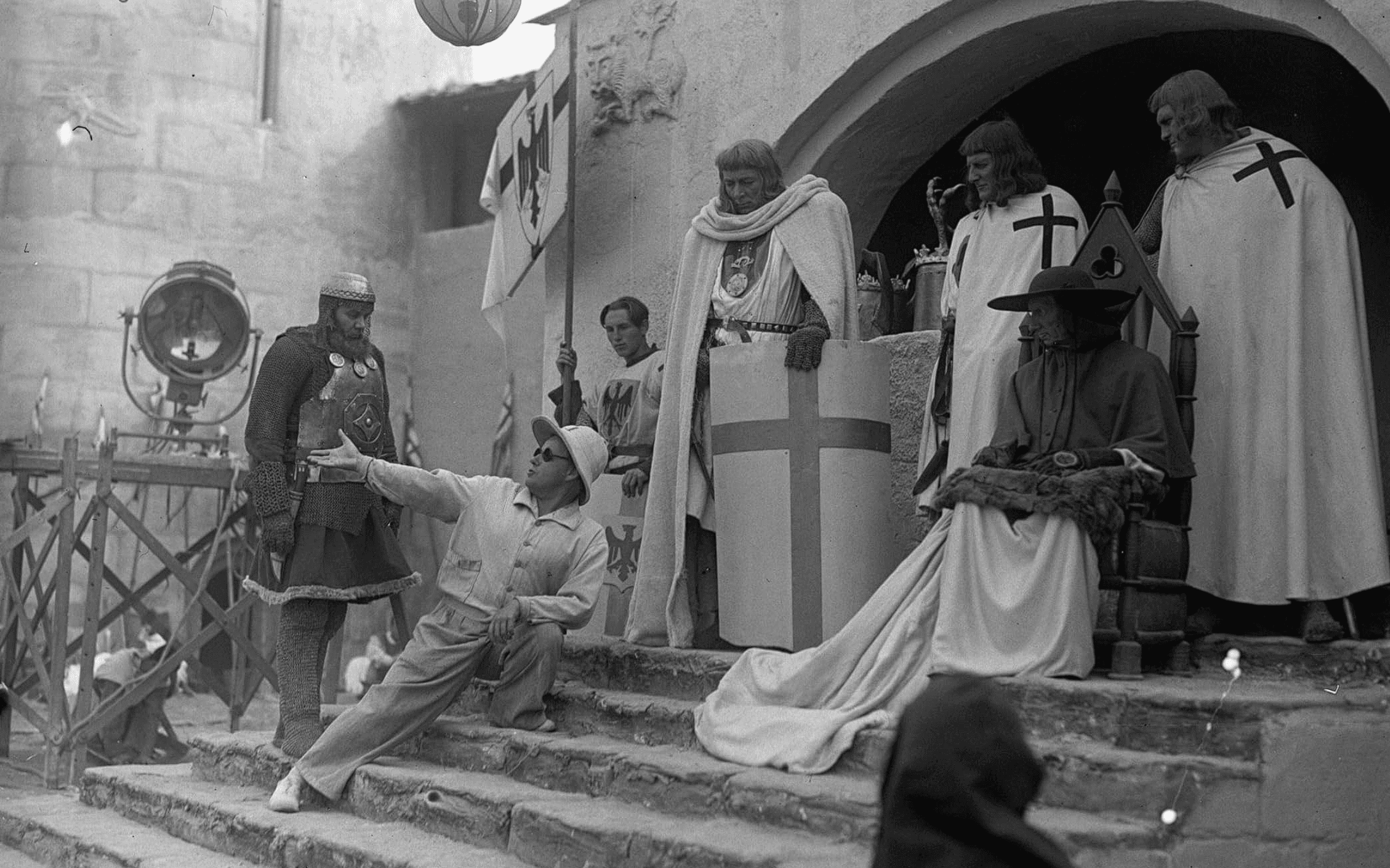
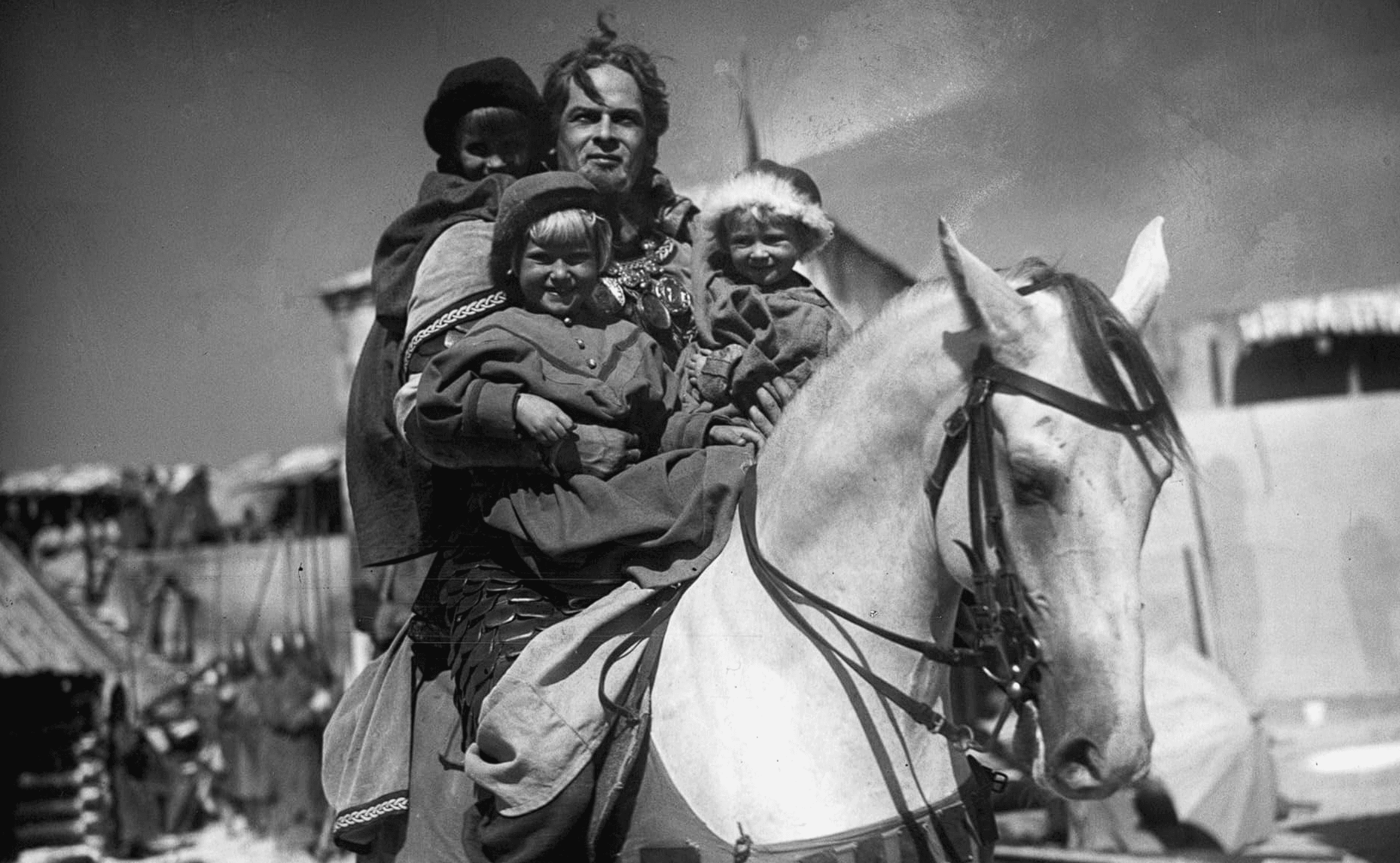

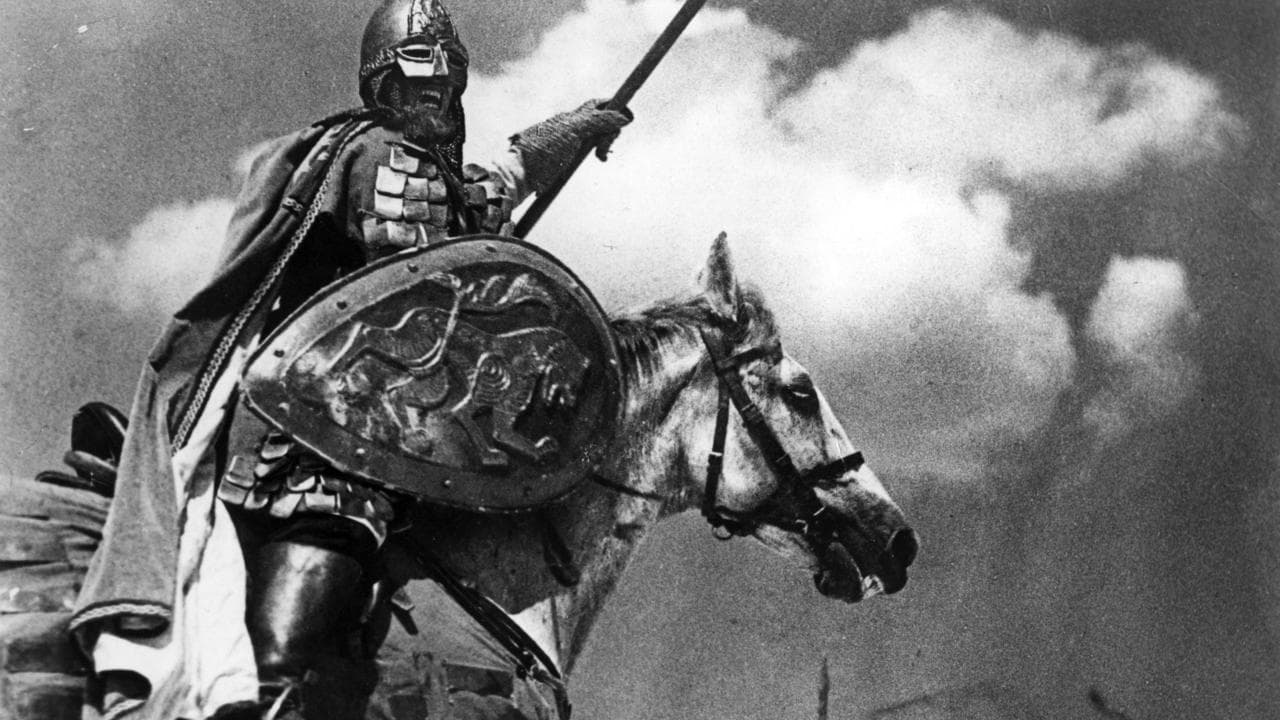
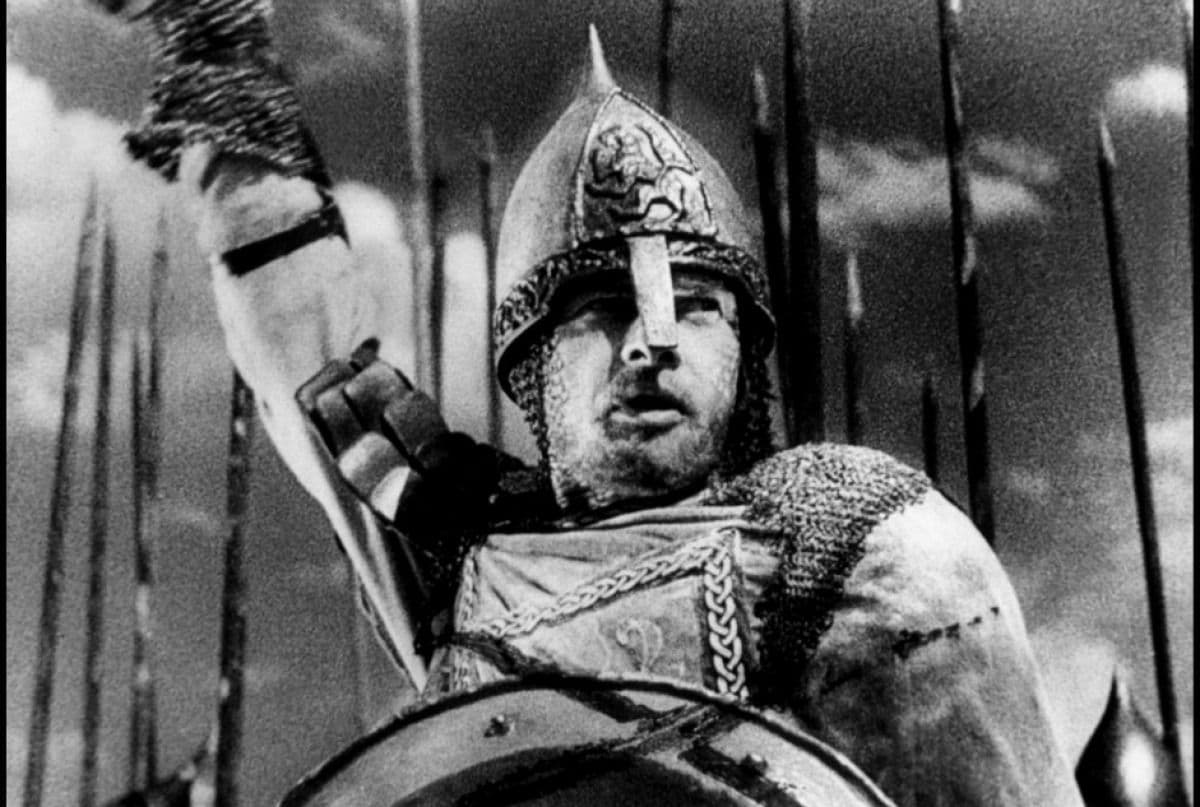
Featured Videos
Official Trailer
Comments
Loading comments...